Introduction to the Flavor of Sidamohan Bella Coffee Coffee is also called Huakui Coffee Bean.
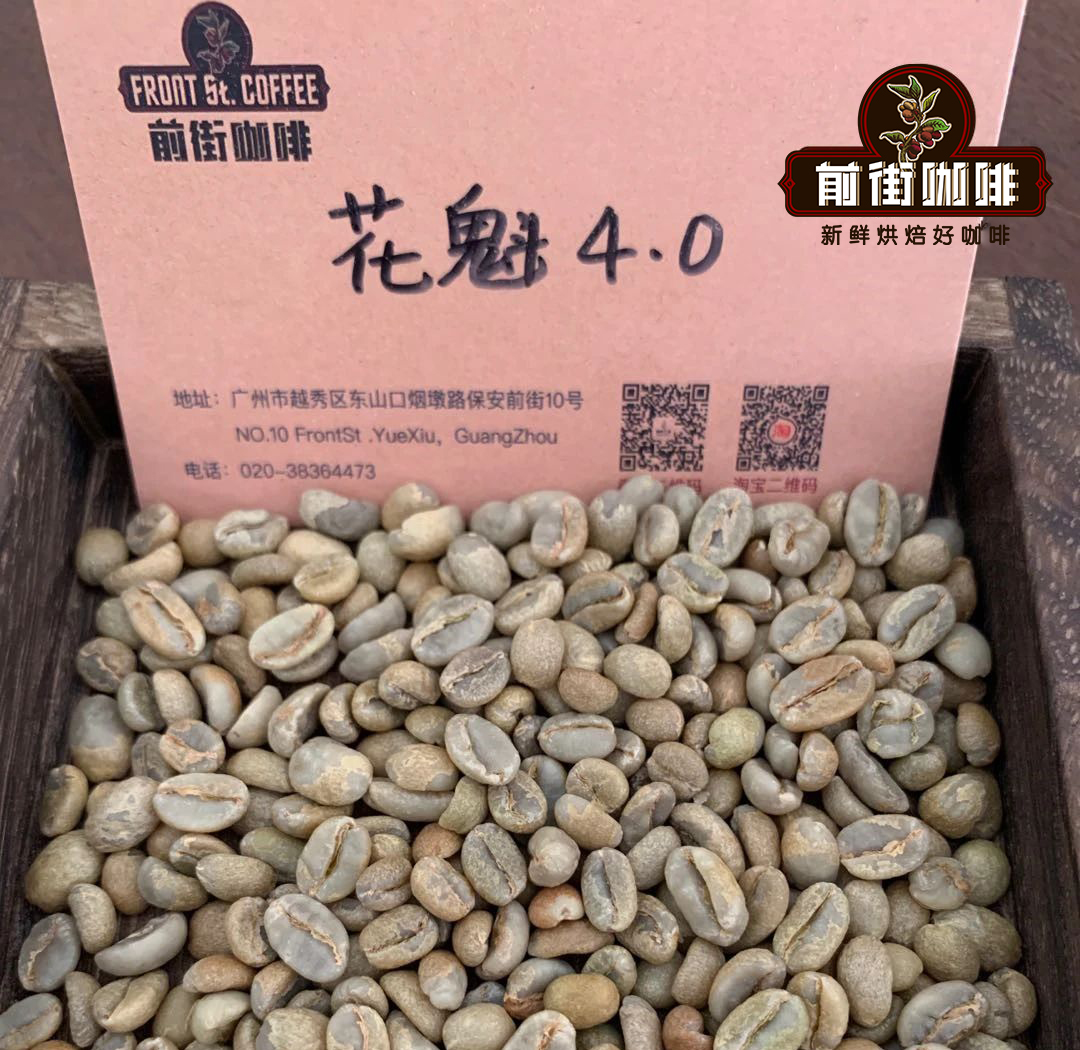
Professional coffee knowledge exchange more coffee bean information please follow the coffee workshop (Wechat official account cafe_style)
Located in the south of Ethiopia, Sidamo is famous for its bright citrus flavors, berries and pleasant acidity and sweetness. It is one of the famous boutique coffee producing areas in Ethiopia.
Speaking of Sidamo coffee, I have to say that it is a coffee bean called "Sakuran". From 17 years to now, Huakui coffee beans have been deeply loved by everyone. Qianjie Coffee has been selling this coffee bean since 17 years, and Sakuran is updated every year. For example, the new production season of Sakuran in 2020 is named Sakuran 4.0.
The origin of the name "Huakui"
If you observe carefully, the Chinese and English names of the coffee bean "Huakui" will not match. It is called "Huakui" in Chinese, and it is more likely to be "Hambella" in English, which is literally translated as "Humbela".
Why is there such a phenomenon?
Because Humbela is named after the producing area of this coffee, Humbela is a sub-producing area of Guji, and the administration is subordinate to the state of Oromia. The west of Humbera is opposite Cochel Mountain in Yegashefi. The two producing areas are separated by a highland with an elevation of 3200 meters and a width of about 30 kilometers, and are connected with other sub-producing areas of Guji, Shakiso, Uraga and Kercha in the east and south, respectively.
The Guji producing area, which once belonged to the Sidamo coffee producing area, has been independent into a new producing area by the Ethiopian Commodity Exchange (ECX) in 2010. The Guji producing area, located in the southeast of Yejasuffi, is an area with complex topographical changes such as towering mountains, valleys and plains. The geology of this area belongs to the nutrient-rich black soil (Vertisol), the depth of the soil is nearly two meters, and the average elevation is more than 1800 meters. The significant temperature difference between day and night created by geographical characteristics makes the local area have various local conditions for producing high-quality coffee.
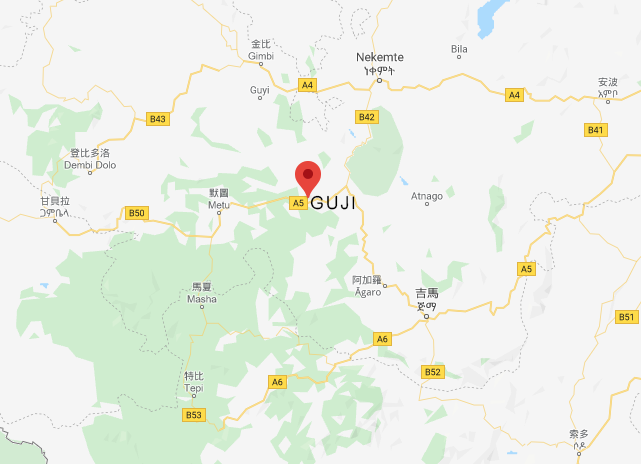
In 2017, Ethiopia's DW Raw Bean Company sent their coffee beans to the TOH (the Taste Of Harvest) Raw Bean Competition hosted by the African Coffee Association, and a sun batch from the "Buku Abel" processing plant won the TOH Ethiopia championship with its strong strawberry and cream aroma. At that time, this batch of raw beans was introduced by raw bean traders in Beijing. Because of the identity of the champion, they were given the name of "Sakuran".
In the same year, Li Jianfei from Beijing won the runner-up of the 2017 World Coffee Brewing Competition in China with this coffee, pushing the popularity of Sakuran again, because most of the players chose coffee beans in rosy summer, while Sakuran, a native species from Ethiopia, defeated many rosy summers that year. Won the second place of that year (although the second place can not be won only by the quality of Sakuran, but the good quality of Sakuran is also one of the factors to achieve a good ranking), so it is not difficult to imagine that this Sakuran is comparable to Rosa Coffee.
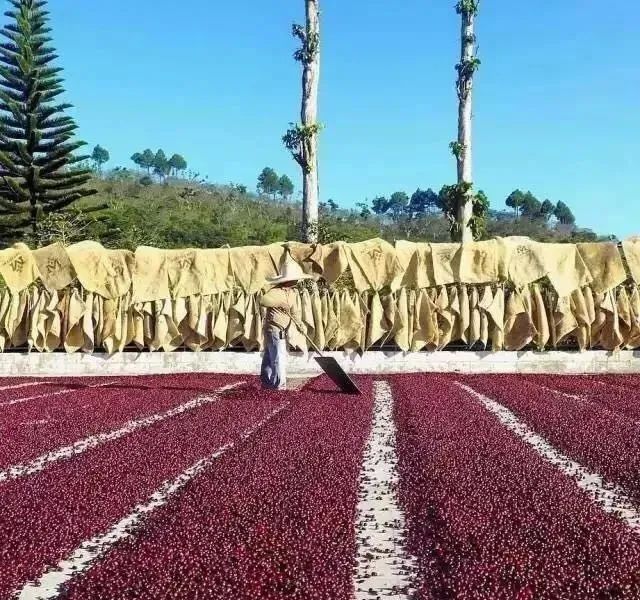
Subsequently, DW added processing plants in Dimtu, the core production area of Hambella, namely "Buku Abel", "Buku Saysay", "Haro Soresa" and "Tirtiro Goye", with an annual output of about 1100 tons of coffee.
In terms of planting areas and processing plants, only the sun-dried coffee beans from the "Buku Abel" processing plant can be called "Sakuran" in all these estates and treatment plants.
Qianjie Coffee Ethiopia Sakuran 4.0
Producing area: Guji producing area of Xidamo
Altitude: 2250-2350m
Variety: native species
Treatment method: sun treatment
Baking parameters of Qianjie Coffee
In order to highlight the flower and fruit tone and aroma of this coffee bean, Qianjie uses medium-shallow baking. The aroma of coffee beans was retained by prolonging the dehydration period, 175 ℃ into the beans, 1: 32 temperature point 96.2 ℃, firepower 120, throttle 3 to heat up the boiler at a uniform speed. Reach the yellowing point in 6 minutes and enter the relay period, and the firepower rises to 140. 9: 50 into the first explosion, 1 minute 40 seconds after the explosion under the bean, the furnace temperature is 196 ℃.
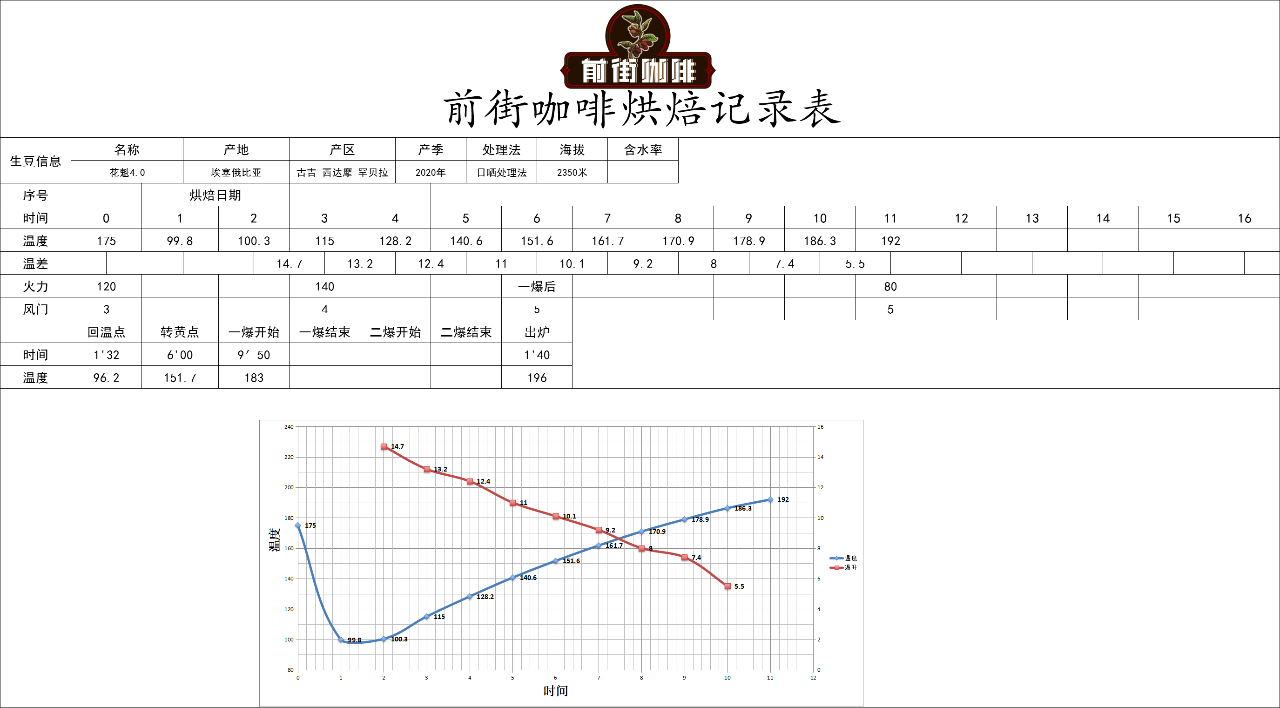
Test the flavor of Qianjie coffee cup
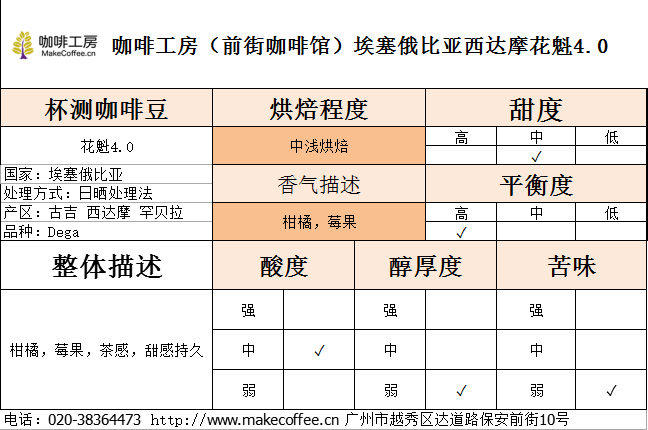
Suggestion on brewing coffee in Qianjie
Cooking utensils: HARIO V60
Parameters: 15g powder / 1 15pep 90 ℃
Degree of grinding: medium and fine grinding (pass rate of Chinese standard No. 20 screen 78%)
Steaming 30 grams of water for 30 seconds, directly injecting water into the center to 125 grams, then injecting water to 225 grams after seeing the powder bed, seeing the powder bed to remove the filter cup, the total extraction time is: 2: 00 ".
Flavor: sour citrus, full berry juice, lemon black tea, long-lasting sweetness.
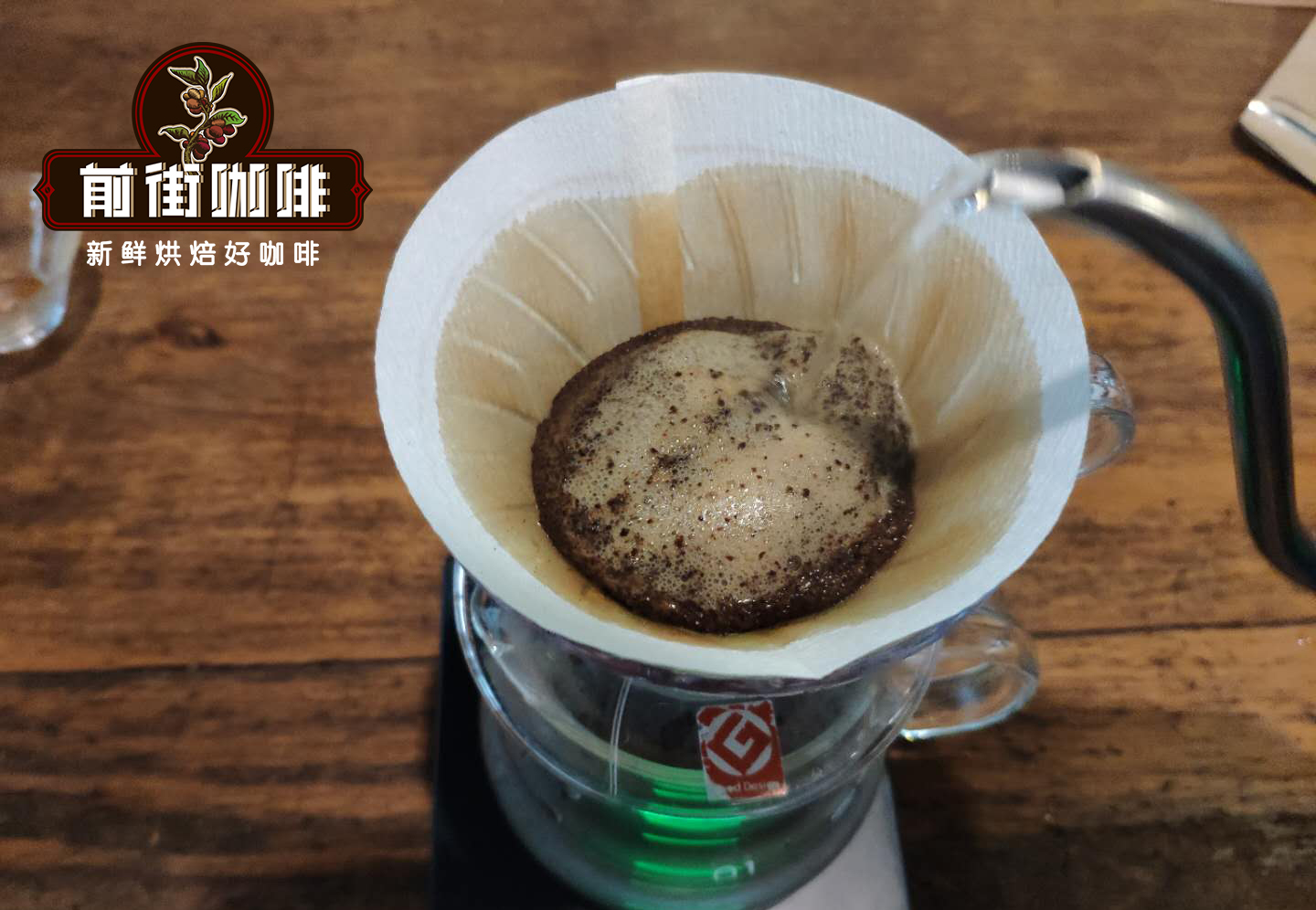
Why does Huakui taste different every year?
Read the summary of Qianjie Coffee and test the flavor of Hua Kui cups in previous years:
[Sakui G1] smooth, passion fruit, fermented wine, jackfruit, strawberry.
[Sakuran 2.0] the overall taste is clean, berry aromas will be more obvious, and with nutty aromas, the taste will be richer.
[Huakui 3.0] light strawberry jam, black tea, sweet aftertaste.
[Sakui 3.1] Flower, cream, tropical fruit, caramel, sweet and lasting.
[Huakui 4.0] citrus acid, berry juice fullness, lemon black tea, long-lasting sweetness.
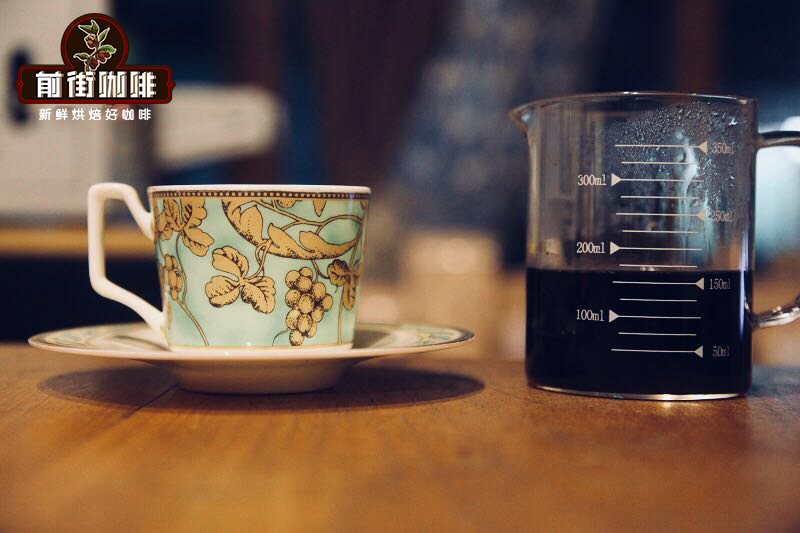
In fact, it's not just Sakui Coffee. Basically, the taste of most coffee fluctuates every year. Why? Coffee is essentially a plant and an economic crop, including climate, planting soil, fertilization, rainfall of the year, etc. will more or less affect the yield and quality of coffee, and then the treatment technology in the later treatment process, the control of the details of the process will also more or less affect the taste of the final coffee, so in fact, the taste of Huakui coffee varies slightly from year to year.
In addition, picking and selection are also factors that make batches different from year to year. If you look closely, you will find that 17-year-old Sakui coffee beans are of different sizes (the characteristics of Ethiopian coffee beans are due to the fact that the coffee grading system is based on defects. Second, there are many native varieties), the second year, the size of the Sakui 2.0 coffee beans becomes the same, and now the Sakui 4.0 beans are smaller than the Sakui 3.0 beans. But the difference from previous years can also be found from the appearance of coffee beans.
When the time comes this year, the change of Sakuran is not satisfied with this. This year, you can even see washed Sakuran coffee beans and black honey-treated Sakuran coffee beans, and the name of Sakui has become more diverse.
For more boutique coffee beans, please add private Qianjie coffee on Wechat. WeChat account: kaixinguoguo0925
Important Notice :
前街咖啡 FrontStreet Coffee has moved to new addredd:
FrontStreet Coffee Address: 315,Donghua East Road,GuangZhou
Tel:020 38364473
- Prev
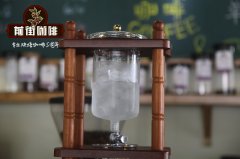
Introduction of Ghimbi in Kinbi producing area of Ethiopia | what are the characteristics of Jinbi coffee?
Ethiopian Ghimbi coffee is a wet-processed (washed) coffee variety grown in western Ethiopia. It is reported that Kim coffee is thicker than Ethiopian Hara coffee. Gibby is famous for its complex flavor and rich, sharp acidity. Altitude: 1500-2100m harvest time: February-April varieties: original varieties flavor: bright citric acid, complex and abundant
- Next
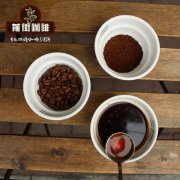
Introduction to Guixia Village, Ethiopia| What kind of breed is Guixia Village and how to classify it
In Ethiopia's far west, just a few kilometres from the border with South Sudan, lies the dense jungle of Bench Maji. It is a place of breathtaking natural beauty where the plateau extends into a vast ancient forest. This breathtaking view is home to the Ghirshavn Coffee Estate, which Adam Overton once visited.
Related
- Detailed explanation of Jadeite planting Land in Panamanian Jadeite Manor introduction to the grading system of Jadeite competitive bidding, Red bid, Green bid and Rose Summer
- Story of Coffee planting in Brenka region of Costa Rica Stonehenge Manor anaerobic heavy honey treatment of flavor mouth
- What's on the barrel of Blue Mountain Coffee beans?
- Can American coffee also pull flowers? How to use hot American style to pull out a good-looking pattern?
- Can you make a cold extract with coffee beans? What is the right proportion for cold-extracted coffee formula?
- Indonesian PWN Gold Mandrine Coffee Origin Features Flavor How to Chong? Mandolin coffee is American.
- A brief introduction to the flavor characteristics of Brazilian yellow bourbon coffee beans
- What is the effect of different water quality on the flavor of cold-extracted coffee? What kind of water is best for brewing coffee?
- Why do you think of Rose Summer whenever you mention Panamanian coffee?
- Introduction to the characteristics of authentic blue mountain coffee bean producing areas? What is the CIB Coffee Authority in Jamaica?

